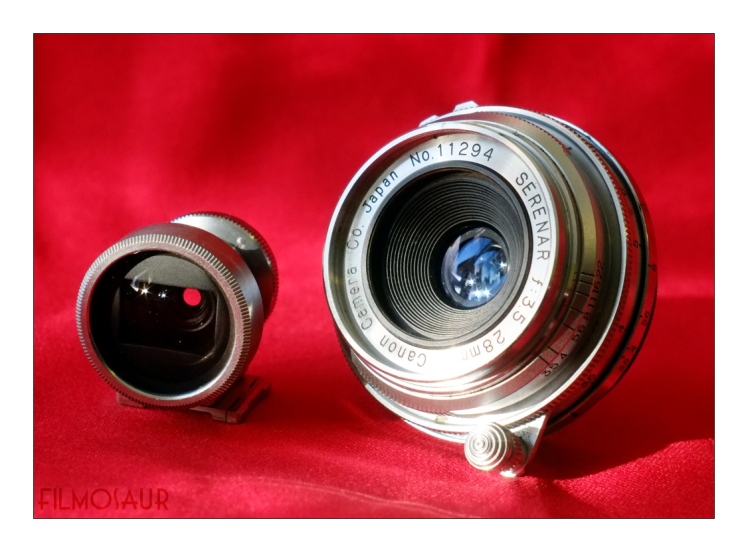The Vemödalen Project: On Lens Selection, Film Processing, and Happy Accidents
As noted in the introductory post to this little undertaking, I expect that seeing things differently will include a range of factors, including camera and lens choices, as well as non-standard film processing. These factors are key to this next group of photos. Unlike the Washington, D.C. pictures, I really had little idea of what I was trying to create with these, other than (for reasons that will become clear in a paragraph or two) that they would be grainy and not terribly sharp.
I have a fair few cameras that don’t see a lot of use for one reason or another. Some produce results that are pretty typical, while others are quite distinct. Falling into the latter category is my King Regula IIb with Ghetaldus Ghenar lens, a 45/3.5 triplet. The lens is far from technically perfect, and on top of the pronounced triplet signature, my example also has some damage to the front element that lowers contrast and causes direct light sources in the frame to glow. A lens hood can help, but it’s awkward to use on this camera, and besides, isn’t the point of this exercise to make photos that don’t look generic?
On top of that, and completely unnecessarily, as I was shooting in daylight, I decided to push the roll of HP5+ I loaded up two stops to 1600. Then to further change things up, I figured I’d try full stand development in Caffenol C-L, something I hadn’t done before. What’s the worst that could happen?
My chosen stomping ground was a state park that used to be an estate, and which still has the remains of some of the old buildings scattered about. Decrepit buildings in the woods seemed an appropriate subject for my intended look. The sky was covered by a thin overcast, making for fairly diffuse light, so contrast would be a bit low and there would be no deep shadows; pushing brought up the contrast, of course.
I shot the roll and processed it as I planned. When I pulled the film from the tank, I saw immediately that the negatives were quite dense; apparently the recommended times were well above what I really needed to get a two-stop push. If I had to guess I’d say the film ended up more like a 3.5-4-stop push. Into the scanner and the preview showed very bright pictures. I cranked the settings much further than I normally would to get somewhere close to where I wanted them, which as expected just accentuated the already prominent grain. Ordinarily, I would have been quite annoyed by this turn of events, but given my plan for this roll it really didn’t bother me at all. Quite liberating, actually.




There they are in all their grainy, vignetted, glowing goodness. They fulfilled my intent of producing photos that looked different; I’ve shot some of these buildings before, and these are definitely very different. There aren’t really the opportunities for unconventional composition that I exploited in my Washington, D.C. photos, but that’s not the point. Overcoming vemödalen is about trying to achieve something that is distinct (to say unique would be pushing it, but you’ve got to have goals) – I think these photos manage that, and frankly that’s all that counts.




You must be logged in to post a comment.